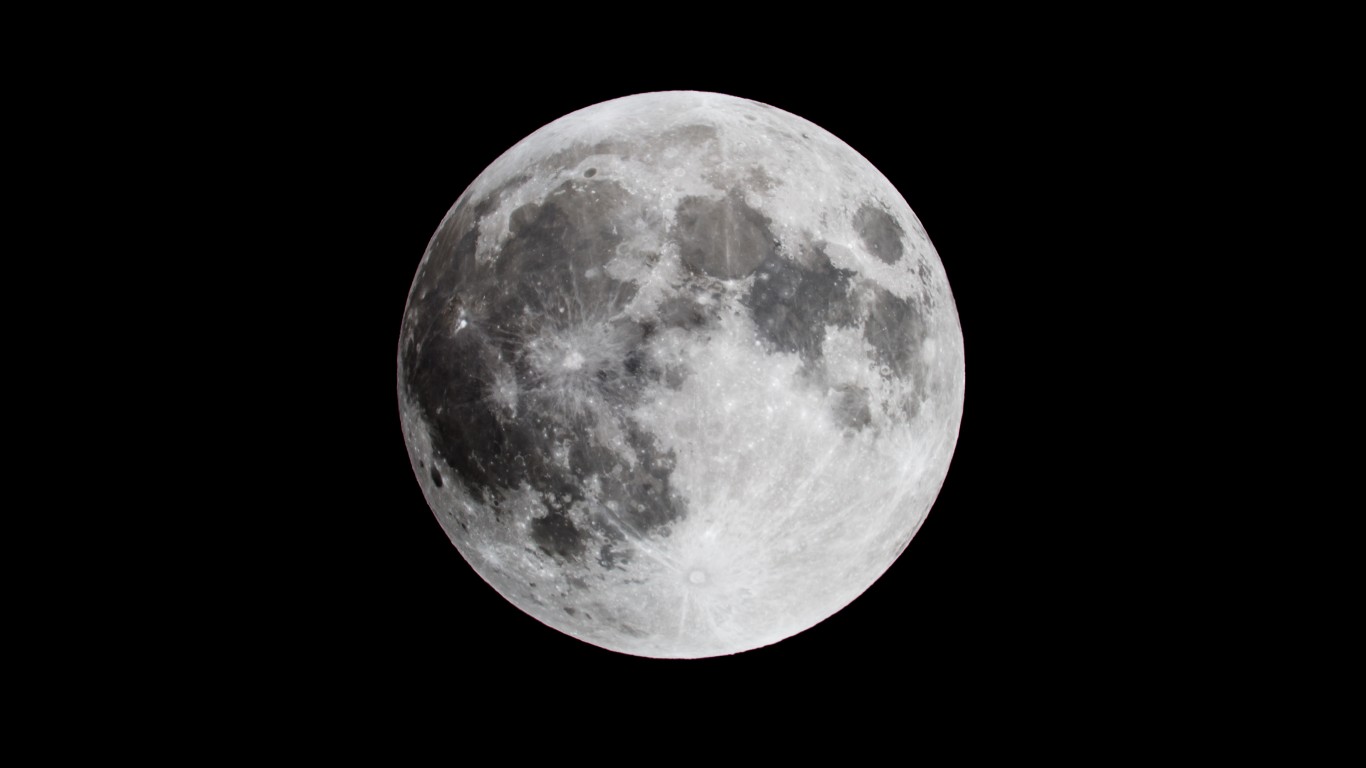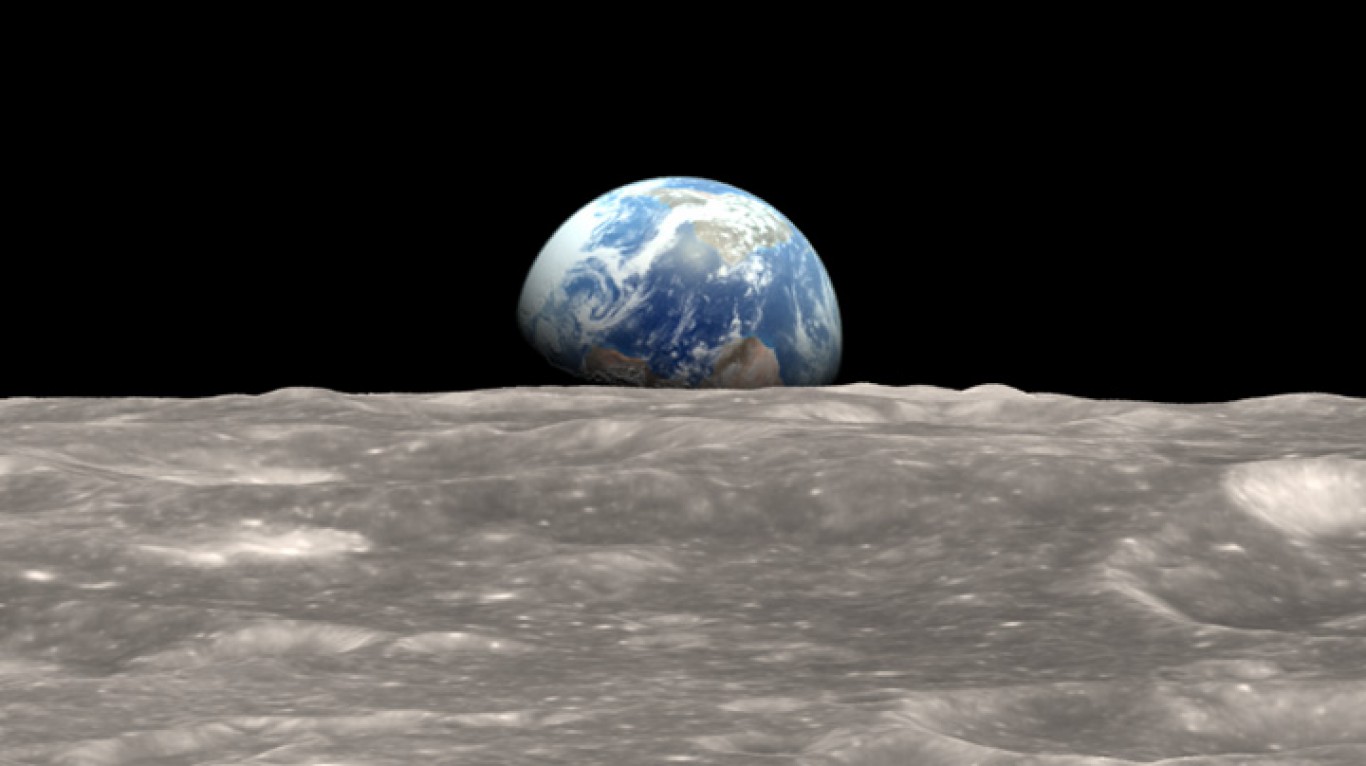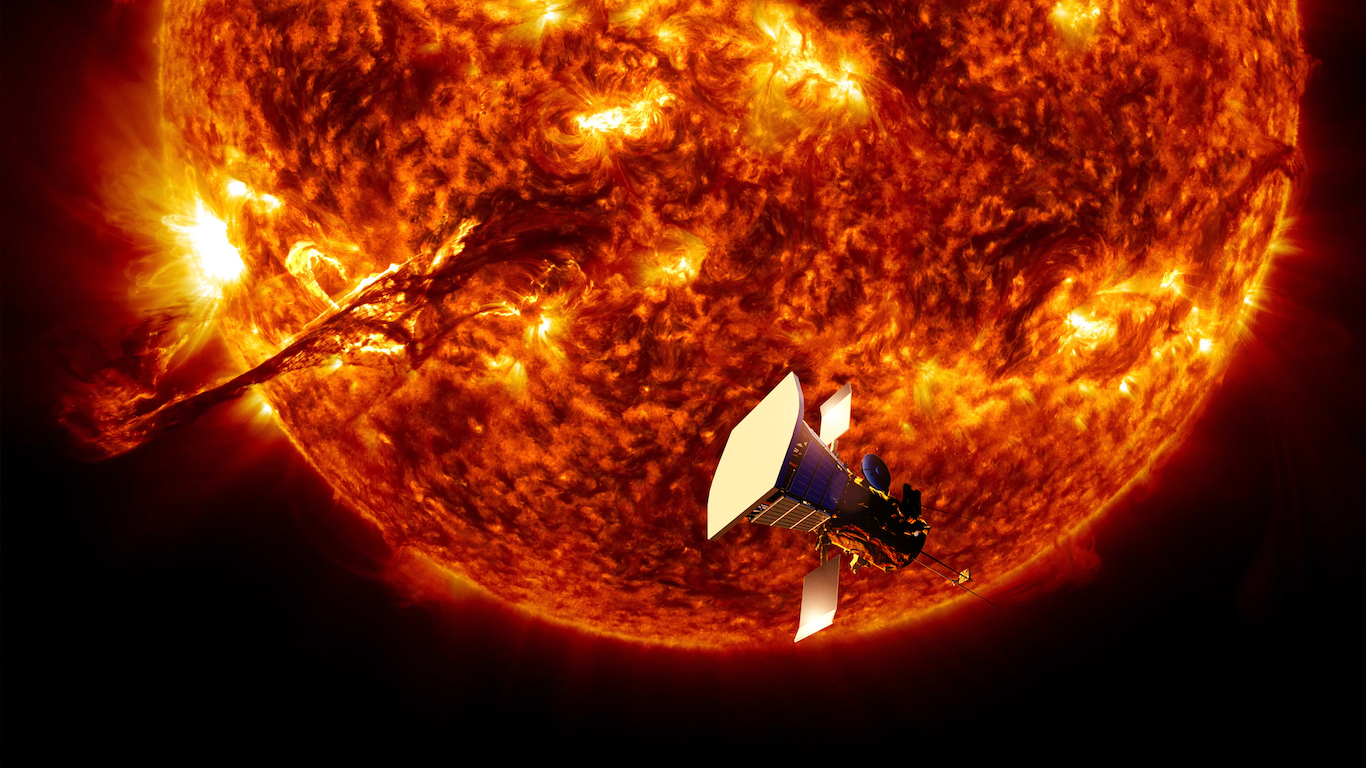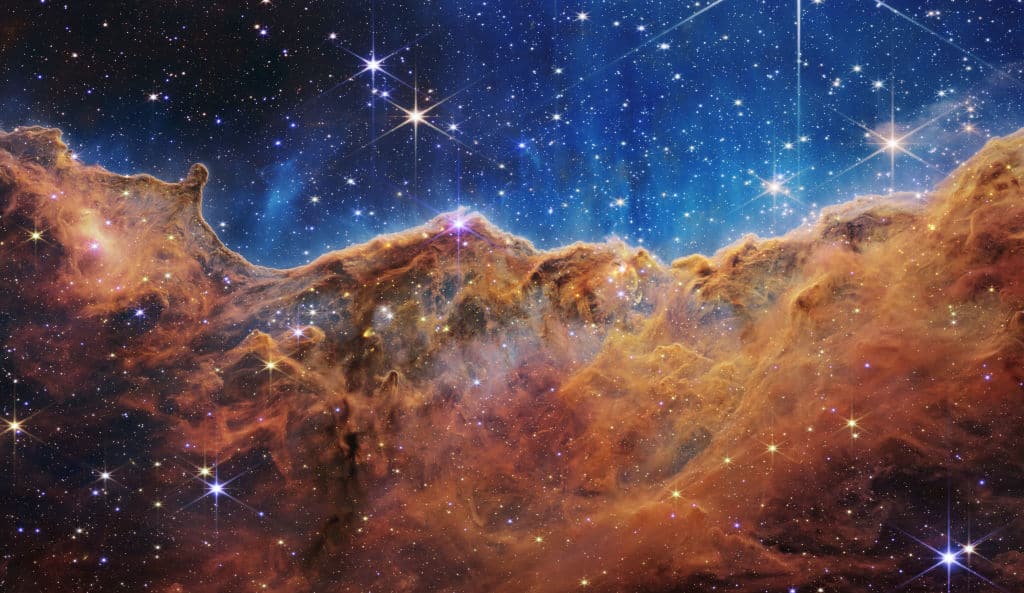
Many people have heard of the Keck Observatory and the Hubble Space Telescope, but few realize just how many powerful telescopes we have in the world, and in space. Because the objects they study are so distant that it takes light billions of years to reach us, these telescopes are, in a sense, time machines to look into the past of our universe. In fact, the most distant object ever detected is over 13.4 billion light years away. Scientists believe that light started traveling to us just 400,000 years after the Big Bang itself. We’ve put together a list of the world’s most powerful telescopes making these kinds of discoveries.
Key Points

- Land- and space-based telescopes both have important roles in astronomy.
- Many of them are searching for exoplanets that may have conditions suitable for life.
- Check out: 2 Dividend Legends To Hold Forever and Discover “The Next NVIDIA
The Best Telescope Locations
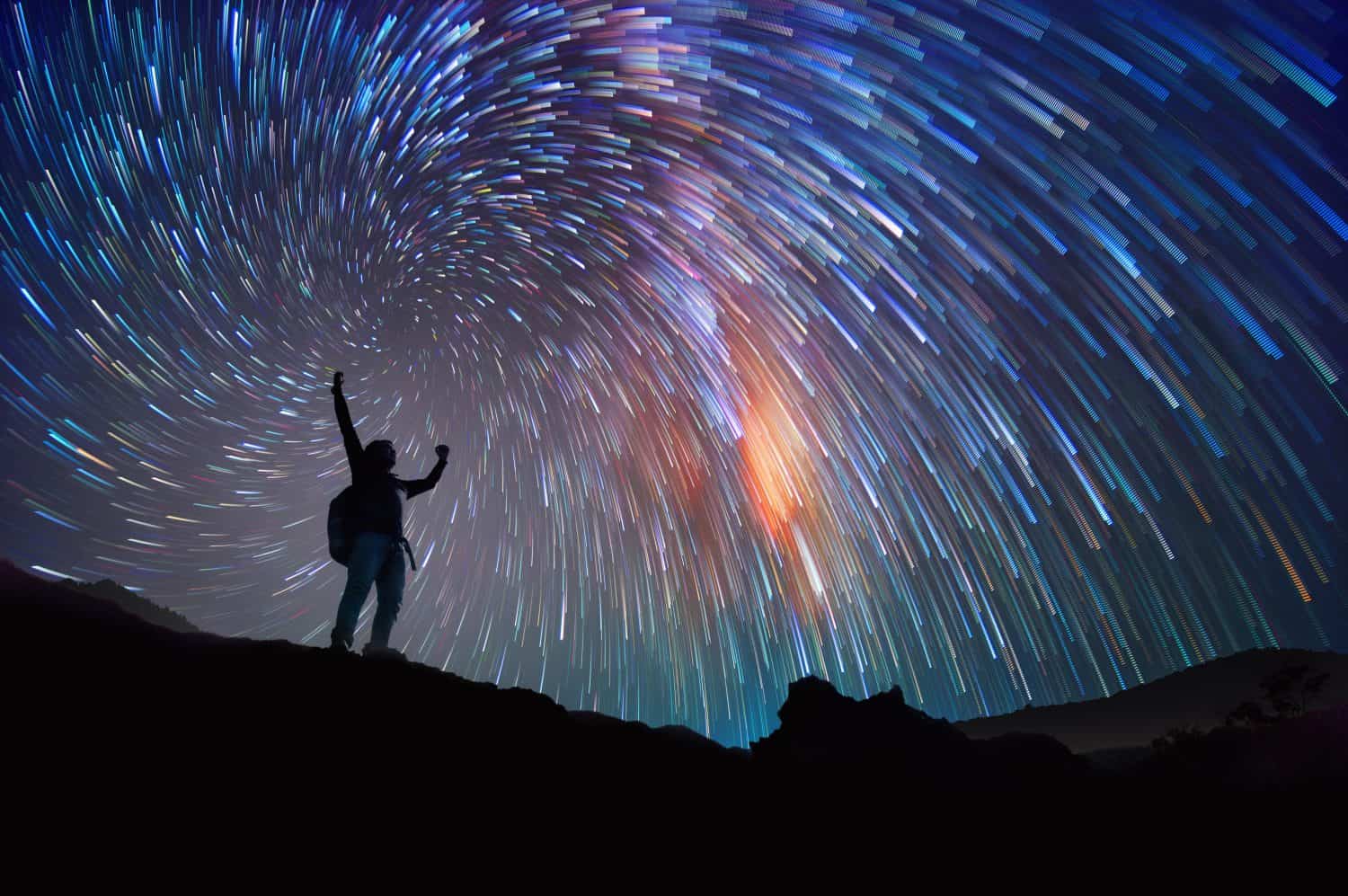
On Earth, the best telescope locations are high in the mountains, distant from the lights of human cities and with less atmospheric distortion of their observations. The Chilean Andes are an especially popular location for doing this kind of science. Even better, placing telescopes in space avoids the atmosphere altogether. Space telescopes can be in low- or high-Earth orbit, or orbiting the Sun. The Lagrange points are five areas around the Earth where the gravity of Earth balances with the pull of the Sun. Telescopes placed at these points do not have to use as much fuel to remain in a stable, stationary orbit. If on some planet out there an intelligent species were able to make a powerful telescope to study our planet, they might see dinosaurs walking the Earth, because of how far light from our planet has to travel to reach theirs.
How Telescopes See the Past
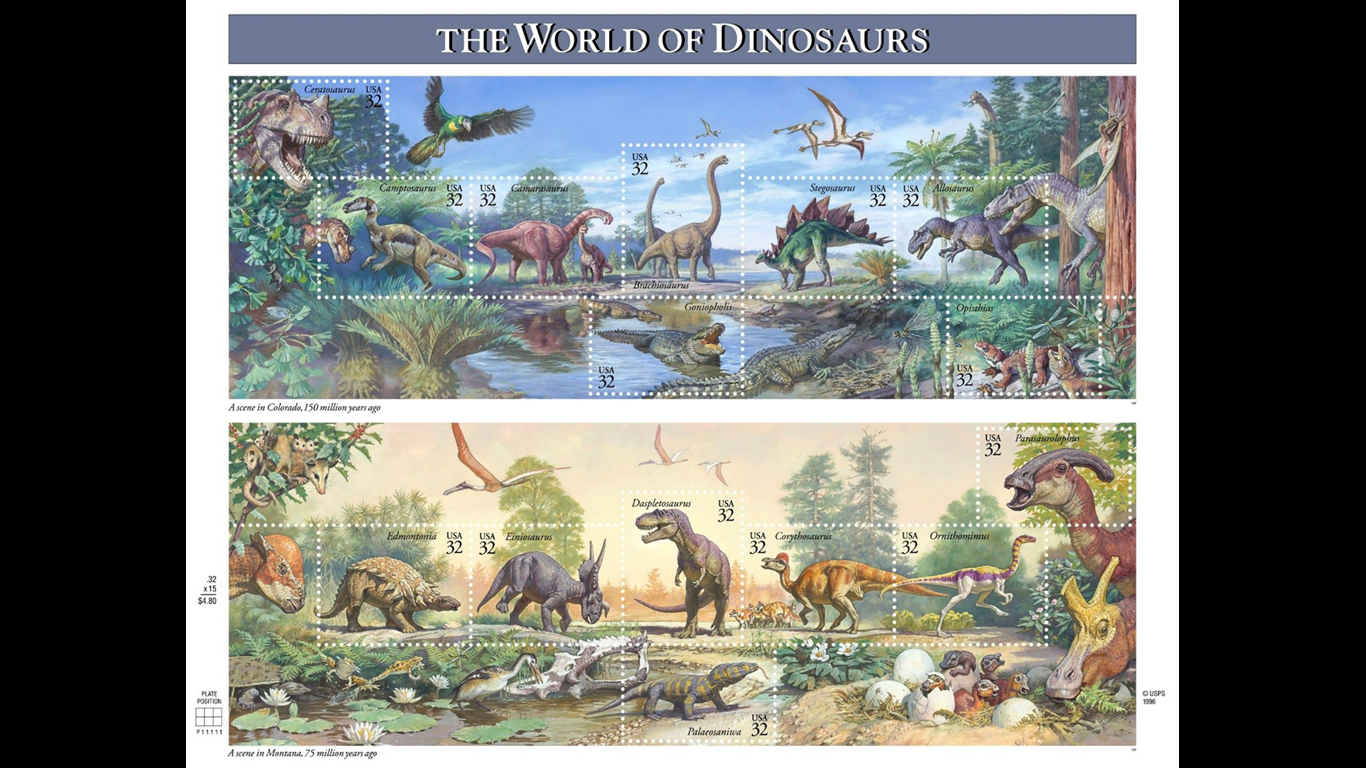
The universe is so large, it takes the light from stars a very long time to reach us. The light from the Sun itself comes from so far away, it takes 7 minutes to reach us. So if the Sun suddenly exploded, we wouldn’t realize it until 7 minutes later. Other than the Sun, the closest star to us is Proxima Centauri. At 25 trillion miles away, its light takes 4.24 years to reach us, so we see it today as it looked in the year 2020. But the most distant objects observed in the universe are 13.4 billion light years away. That means we are seeing these stars and galaxies as they looked just a few hundred thousand years after the Big Bang.
1. 500-Meter Aperture Spherical Telescope (FAST)
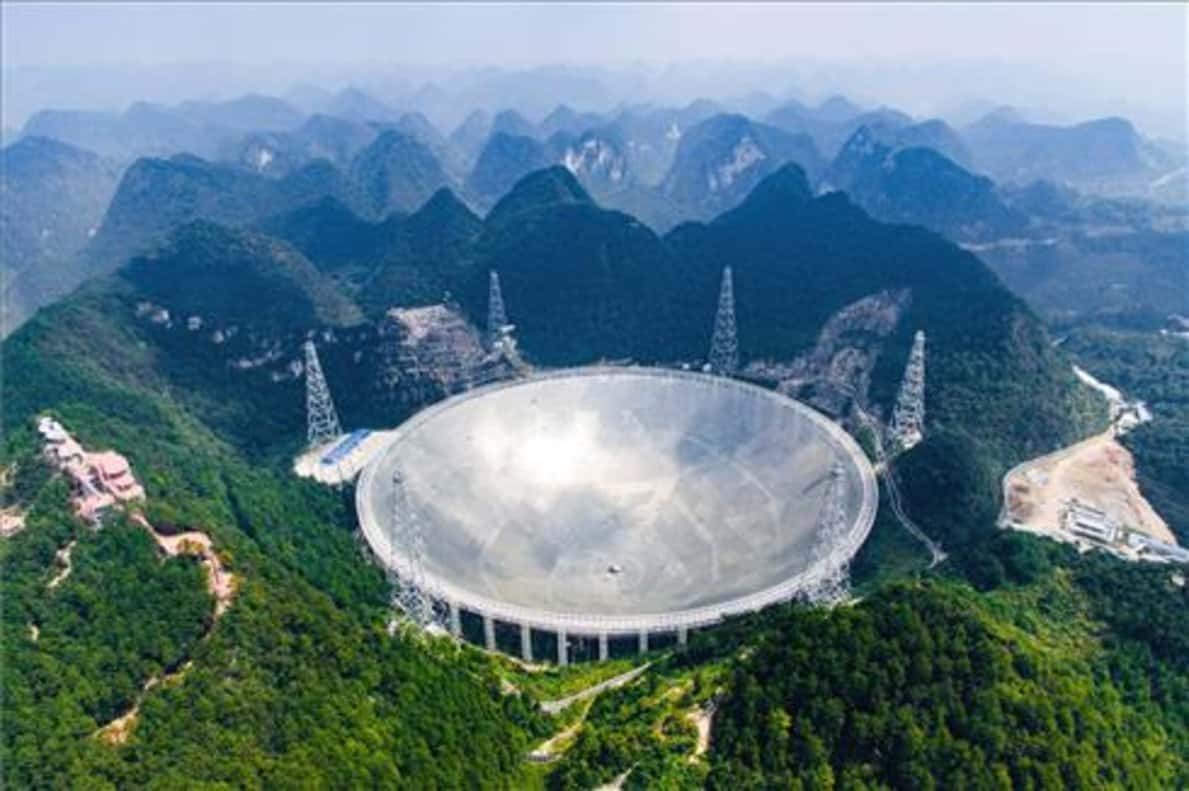
- Location: Guizhou, China
- Built: 2020
- Cost: $180 million
- Namesake: Named for its design elements.
- Specialties: Radio astronomy, pulsars, dark matter
2. Chandra X-ray Observatory
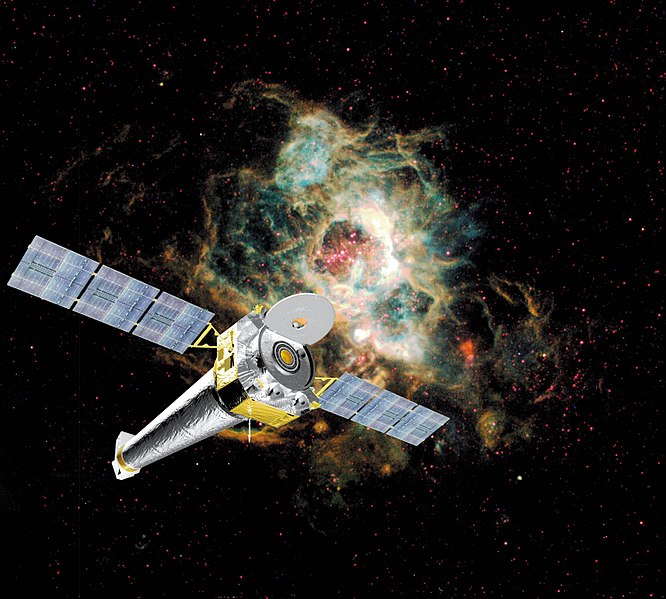
- Location: American space telescope in high Earth orbit
- Launched: 1999
- Cost: $1.59 billion
- Namesake: Subrahmanyan Chandrasekhar, an Indian-American theoretical physicist
- Specialties: X-ray observations of black holes and searching for evidence of dark matter.
3. European Extremely Large Telescope (E-ELT)
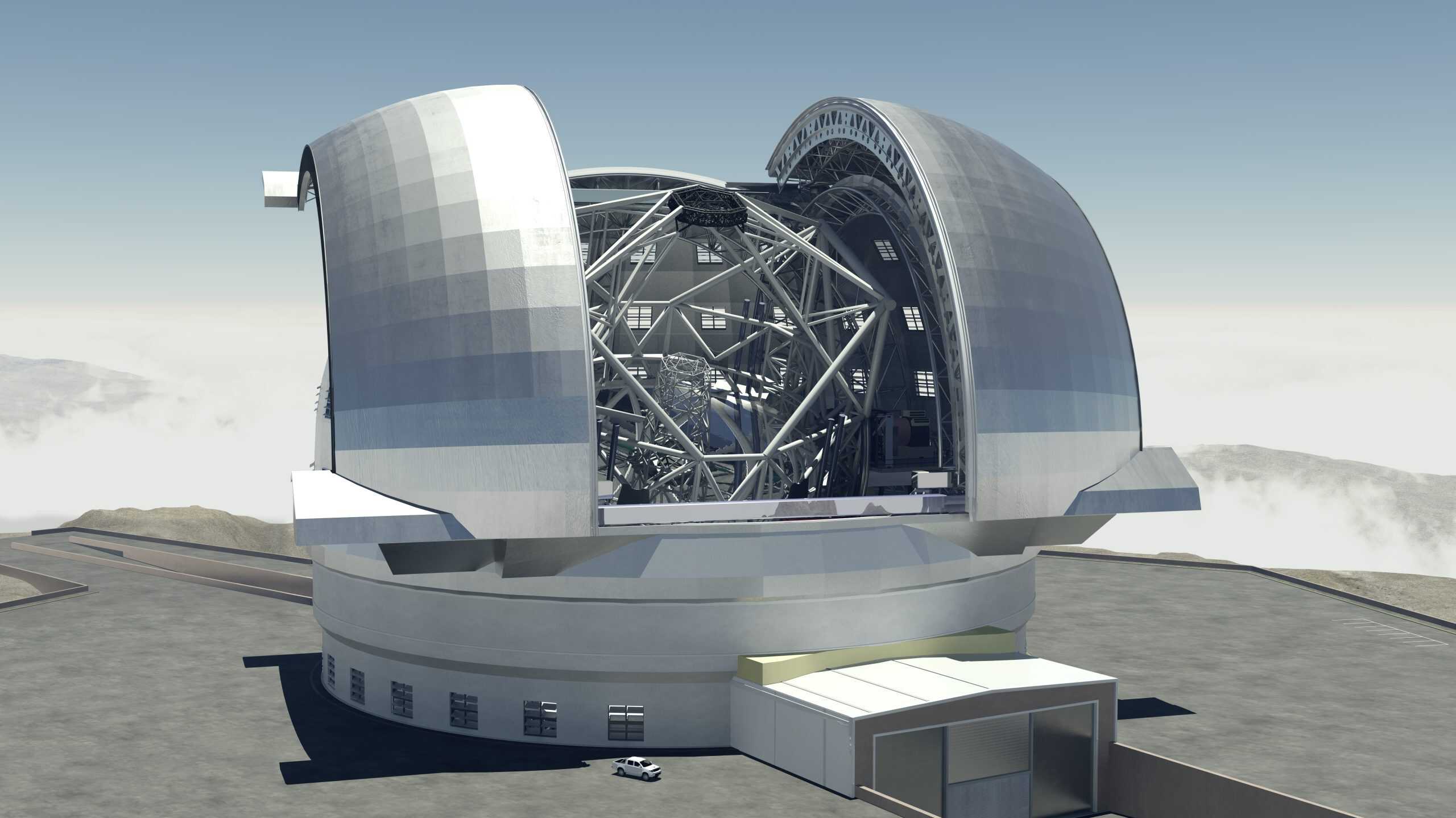
- Location: Cerro Armazones, Chile
- Cost: $1.59 billion
- Built: Started in 2014, expected to be complete in the 2020s
- Namesake: the European Southern Observatory
- Specialties: Exoplanets, star and galaxy formation, dark matter
4. Fermi Gama-ray Space Telescope
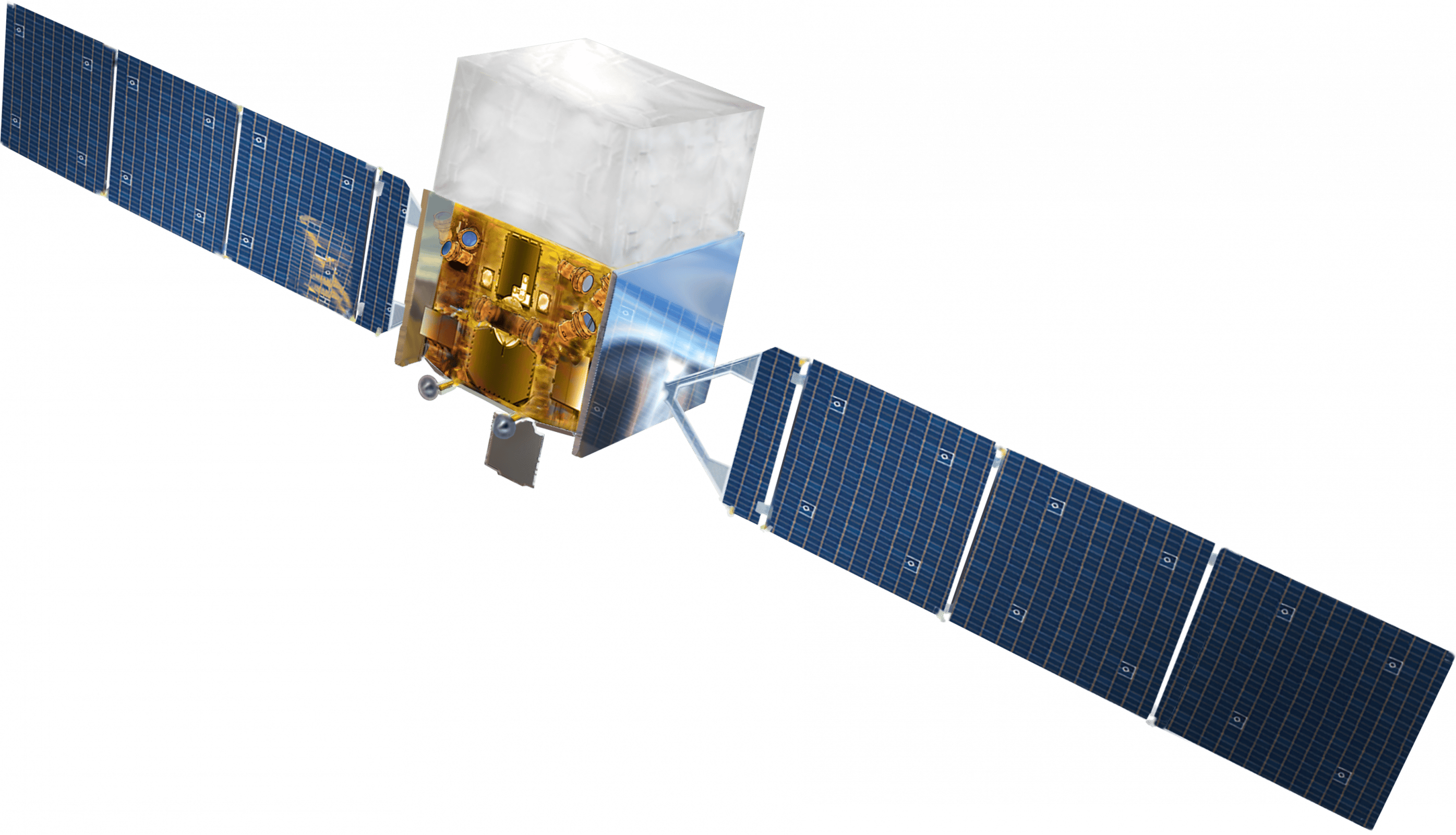
- Location: American-European space telescope in low Earth orbit
- Launched: 2008
- Cost: $690 million
- Namesake: Enrico Fermi, Italian-American physicist
- Specialties: Serves as a gamma-ray observatory studying supernovae and black holes.
5. Giant Magellan Telescope
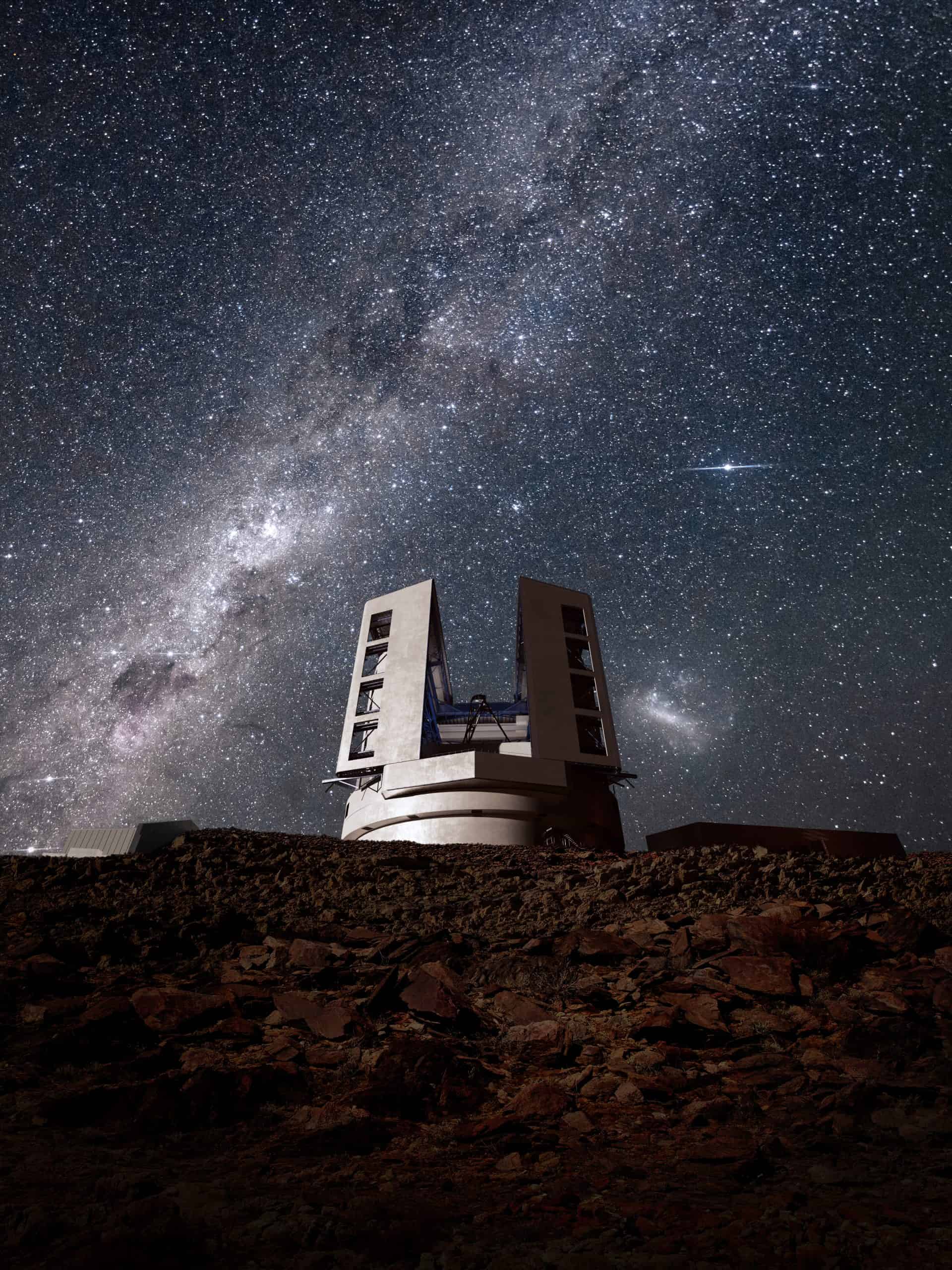
- Location: Cas Campanas Observatory, Chile
- Cost: $2.5 billion
- Built: Started in 2004, expected to be complete in the 2030s
- Namesake: Ferdinand Magellan, explorer
- Specialties: Exoplanets, star formation, galaxy-mapping
6. Hubble Space Telescope
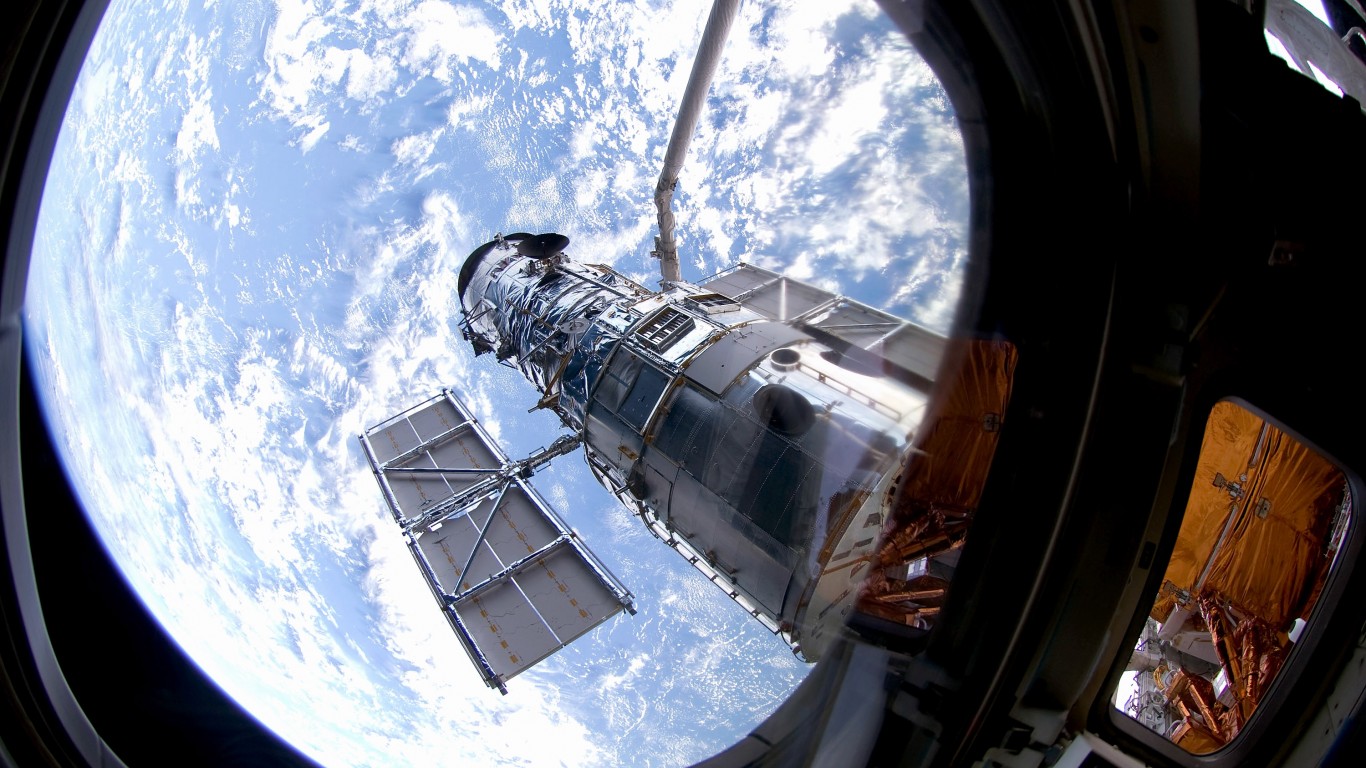
- Location: American space telescope in low Earth orbit
- Launched: 1990
- Cost: $16 billion
- Namesake: Edwin Hubble, astronomer
- Specialties: Deep space optical and ultraviolet observations of exoplanets and distant galaxies.
7. James Webb Space Telescope (JWST)
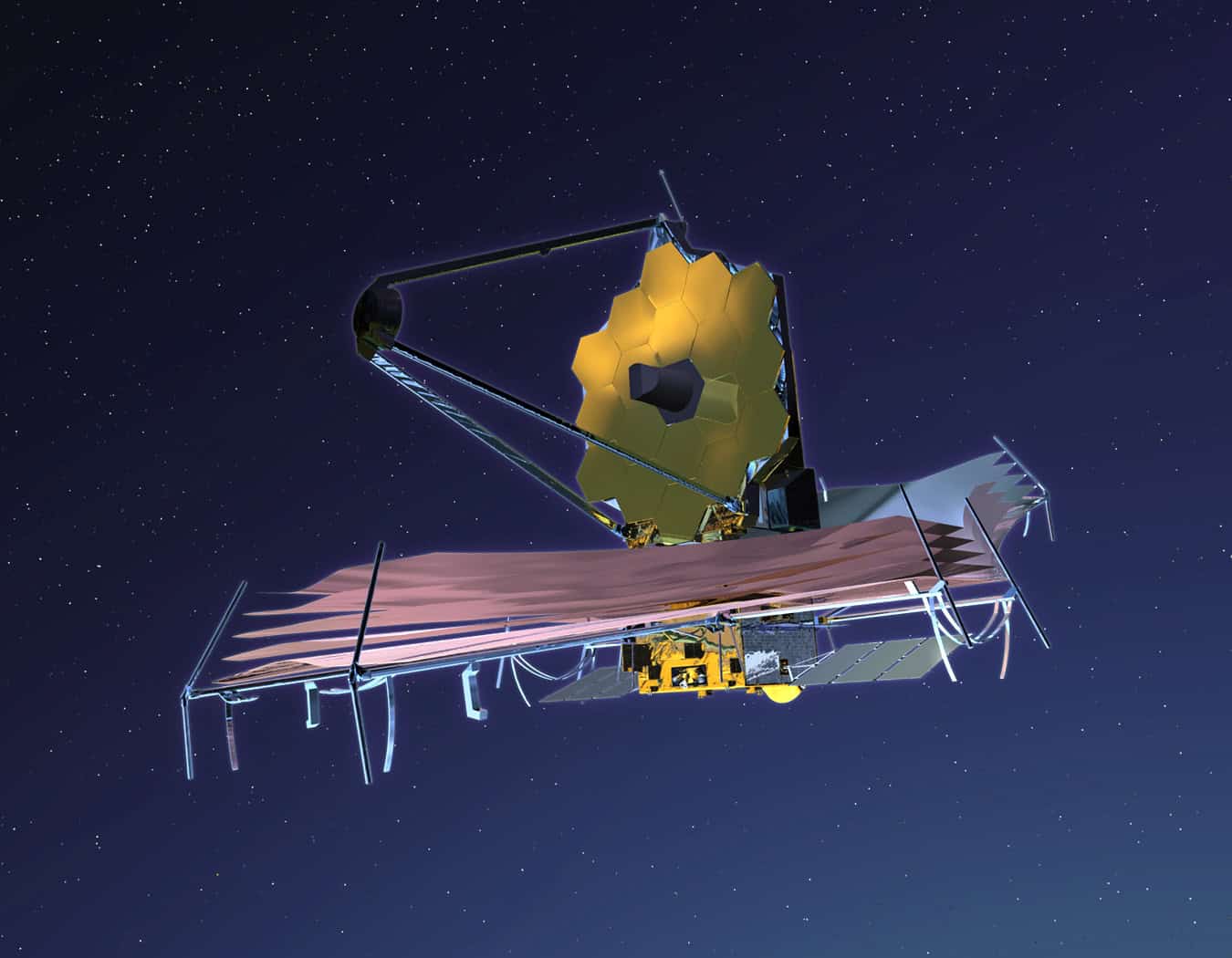
- Location: American space telescope, L2 Lagrange point.
- Launched: 2021
- Cost: $10 billion
- Namesake: James E. Webb, former NASA administrator
- Specialties: Infrared observations of galaxy formation from near the time of the Big Bang and the atmospheres of exoplanets.
8. Keck Observatory
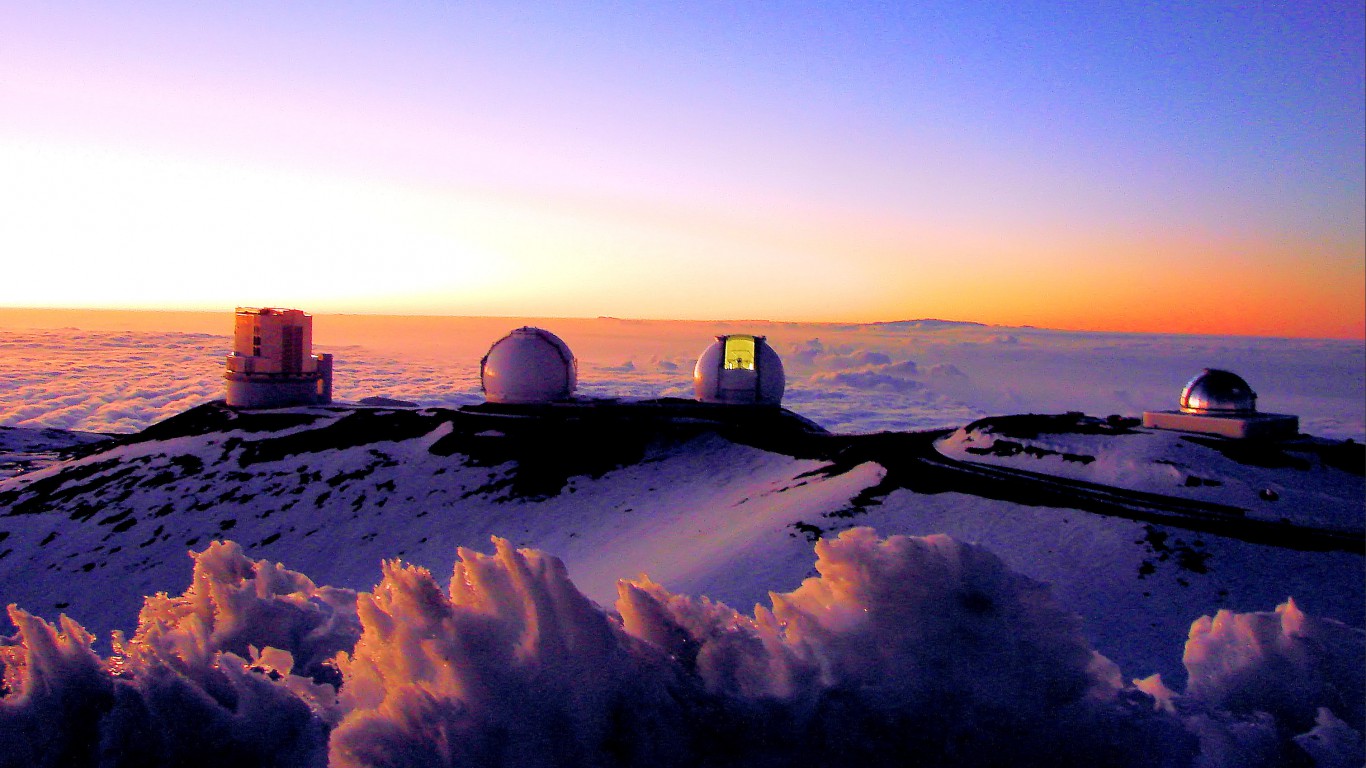
- Location: Mauna Kea, Hawaii, U.S.
- Built: 1993
- Cost: $140 million
- Namesake: William Myron Keck, businessman and philanthropist.
- Specialties: Infrared astronomy, galaxy development, mapping dark matter.
9. Kepler Space Telescope
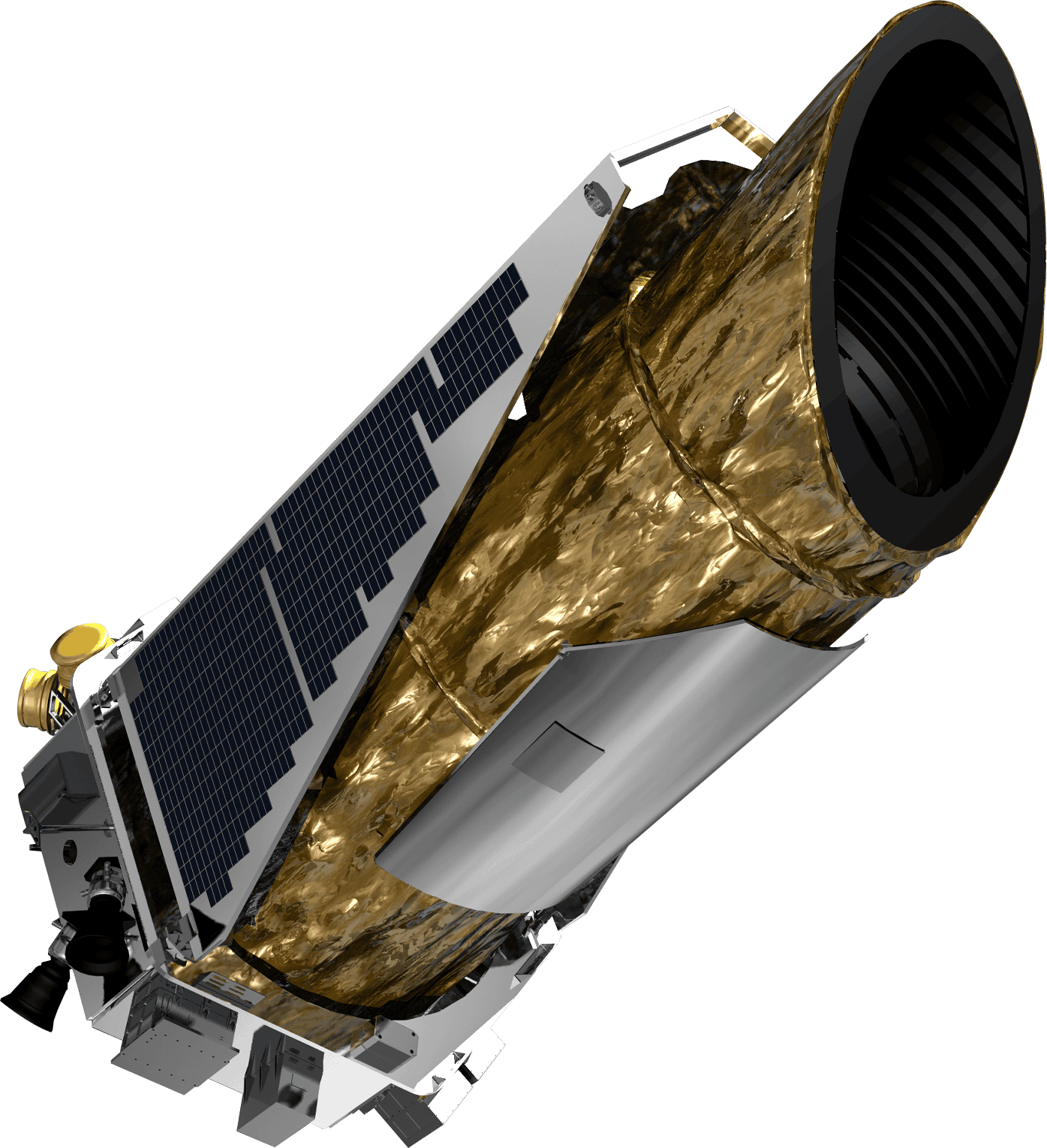
- Location: American space telescope in solar orbit
- Launched: 2009
- Cost: $600 million
- Namesake: Johannes Kepler, German astronomer
- Specialties: Discovering exoplanets and measuring characteristics of their atmospheres.
10. Planck Space Observatory
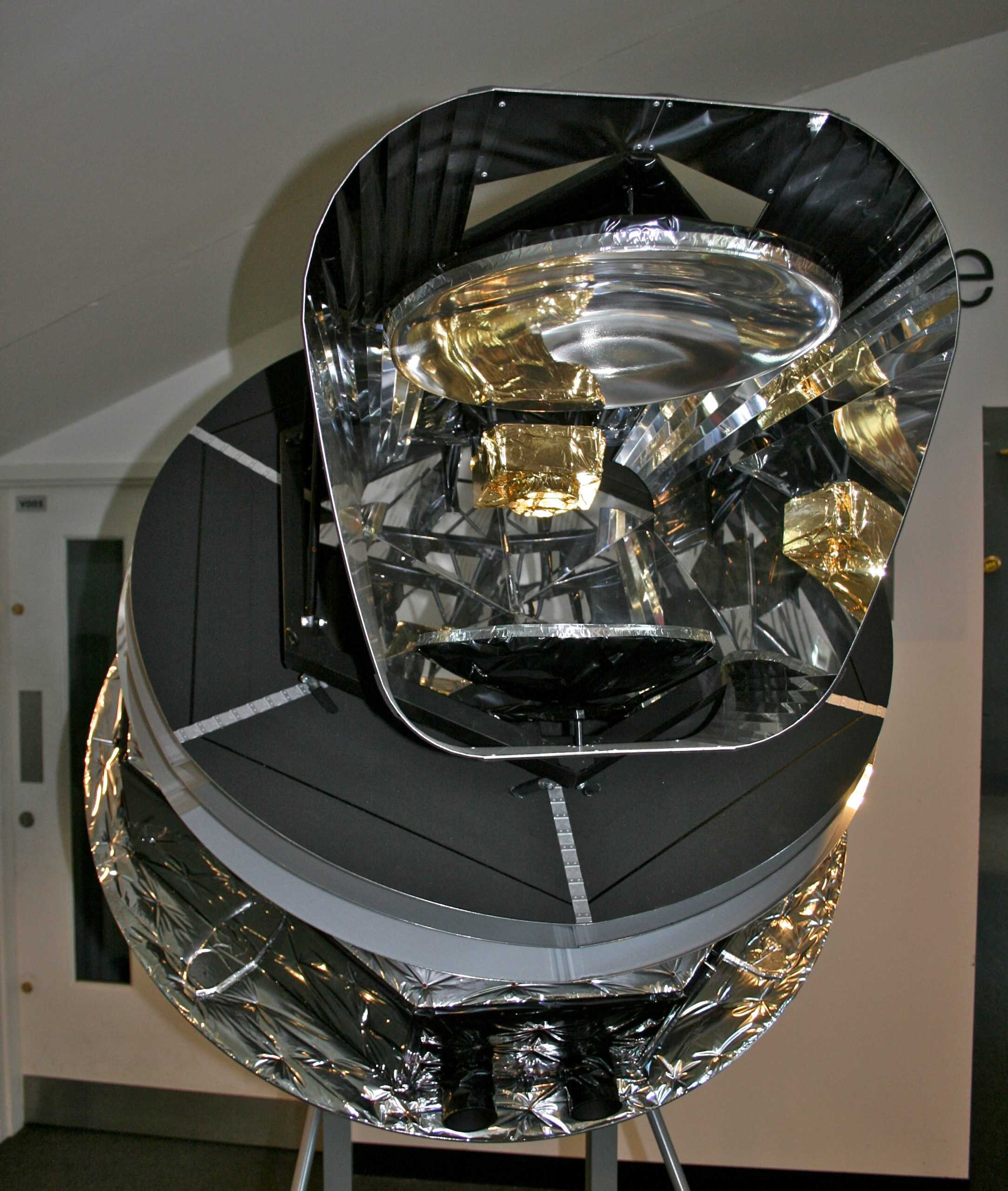
- Location: European Space Agency telescope orbiting that the L2 Lagrange point.
- Launched: 2009
- Cost: $830 million
- Namesake: Max Planck, German physicist.
- Specialties: Measuring the cosmic background radiation to determine the conditions of the Big Bang.
11. Spitzer Space Telescope
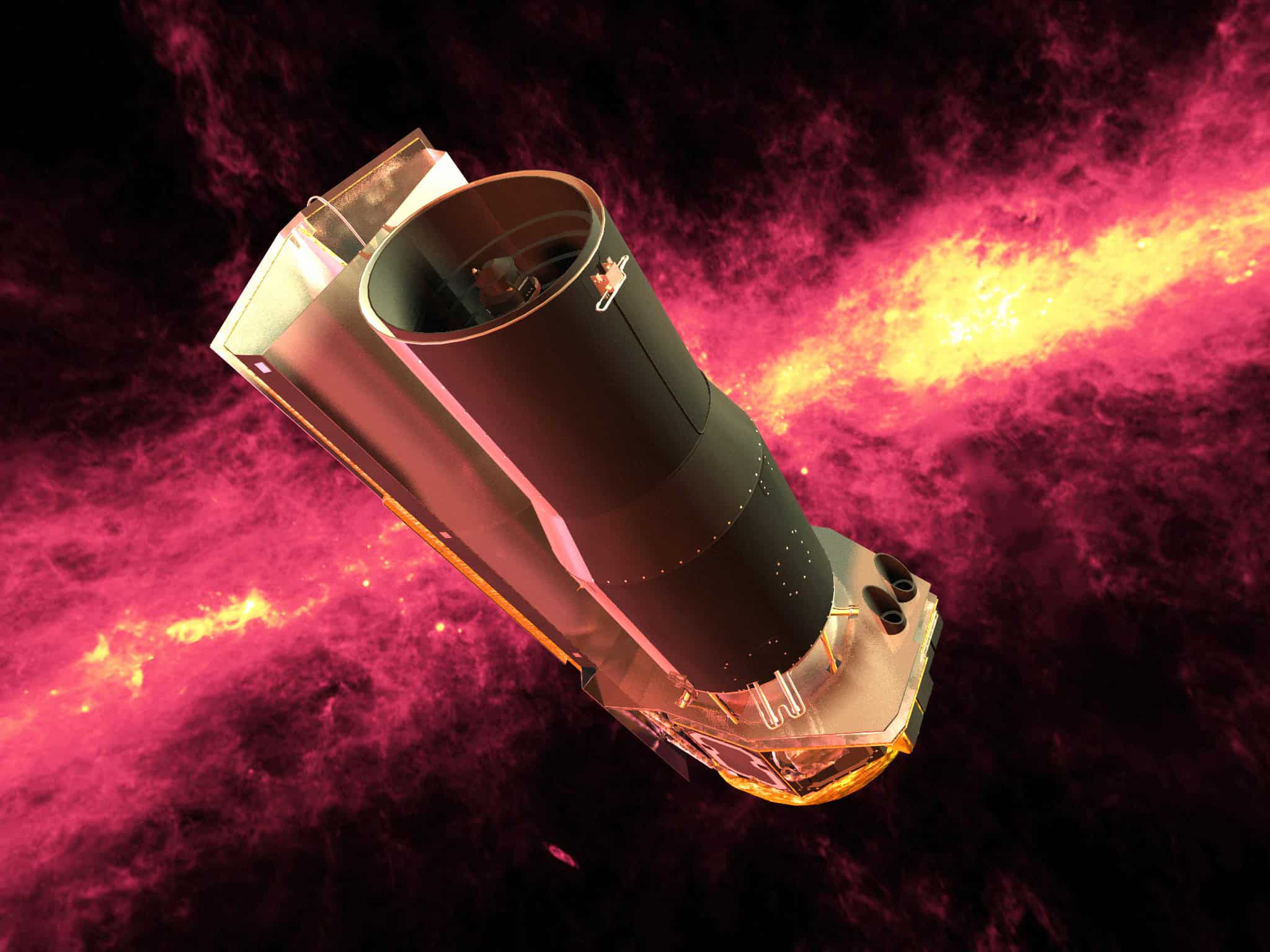
- Location: American space telescope orbiting the Sun
- Launched: 2003
- Cost: $776 million
- Namesake: Lyman Spitzer, astronomer
- Specialties: Infrared observations of cool, remote features in space from the early universe, and exoplanet atmospheres.
12. Transiting Exoplanet Survey Satellite (TESS)

- Location: A space telescope in high Earth orbit. It is a joint venture between the United States and several European countries.
- Launched: 2018
- Cost: $287 million
- Namesake: its mission
- Specialties: Observing nearby stars to discover potentially life-supporting exoplanets.
13. Very Large Telescope (VLT)
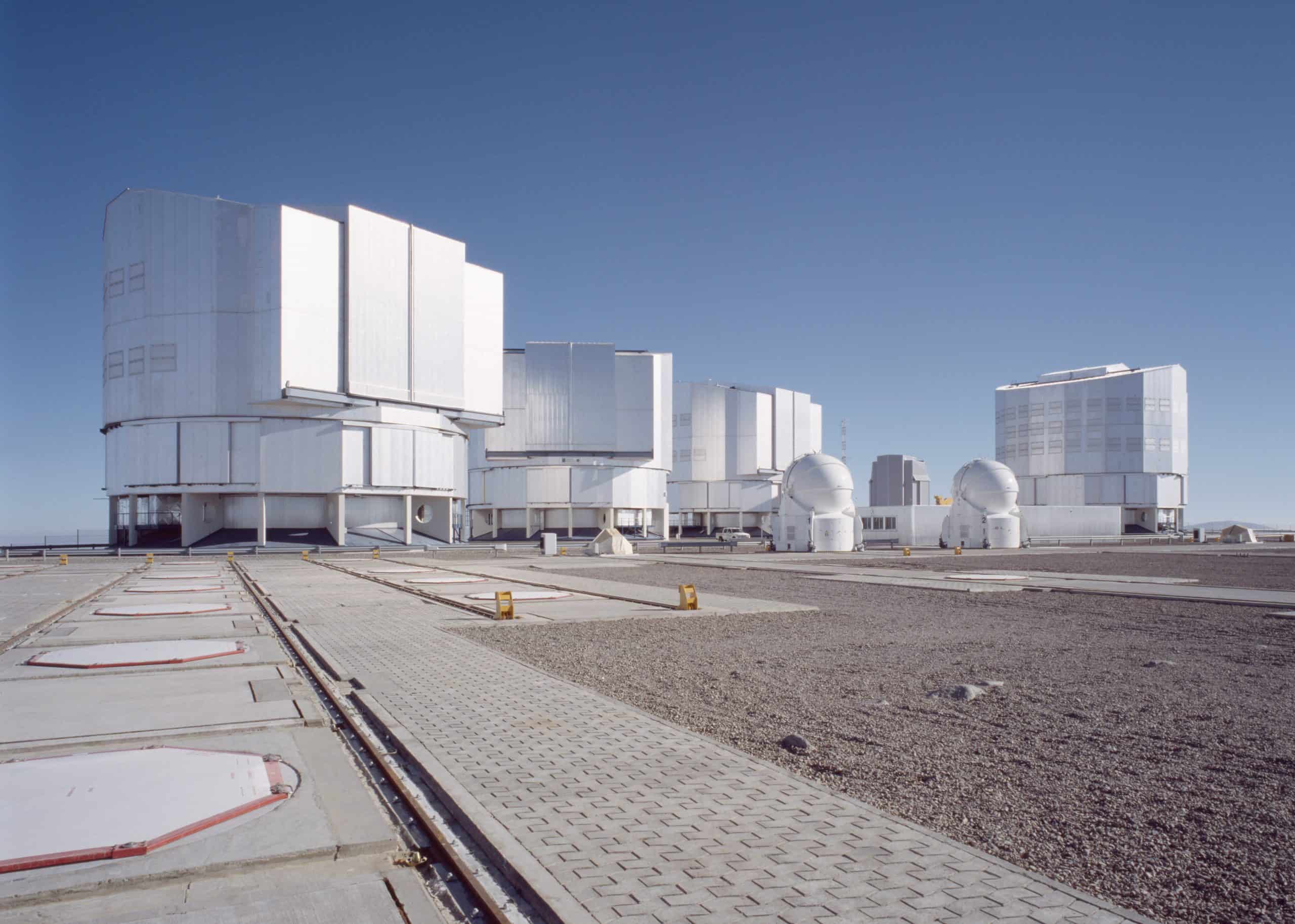
- Location: Paranal Observatory, Chile
- Built: 1998
- Cost: $1.16 billion
- Namesake: its design characteristics.
- Specialties: Infrared and optical studies of exoplanet atmospheres and galactic origins.
Get Ready To Retire (Sponsored)
Start by taking a quick retirement quiz from SmartAsset that will match you with up to 3 financial advisors that serve your area and beyond in 5 minutes, or less.
Each advisor has been vetted by SmartAsset and is held to a fiduciary standard to act in your best interests.
Here’s how it works:
1. Answer SmartAsset advisor match quiz
2. Review your pre-screened matches at your leisure. Check out the advisors’ profiles.
3. Speak with advisors at no cost to you. Have an introductory call on the phone or introduction in person and choose whom to work with in the future
Thank you for reading! Have some feedback for us?
Contact the 24/7 Wall St. editorial team.
